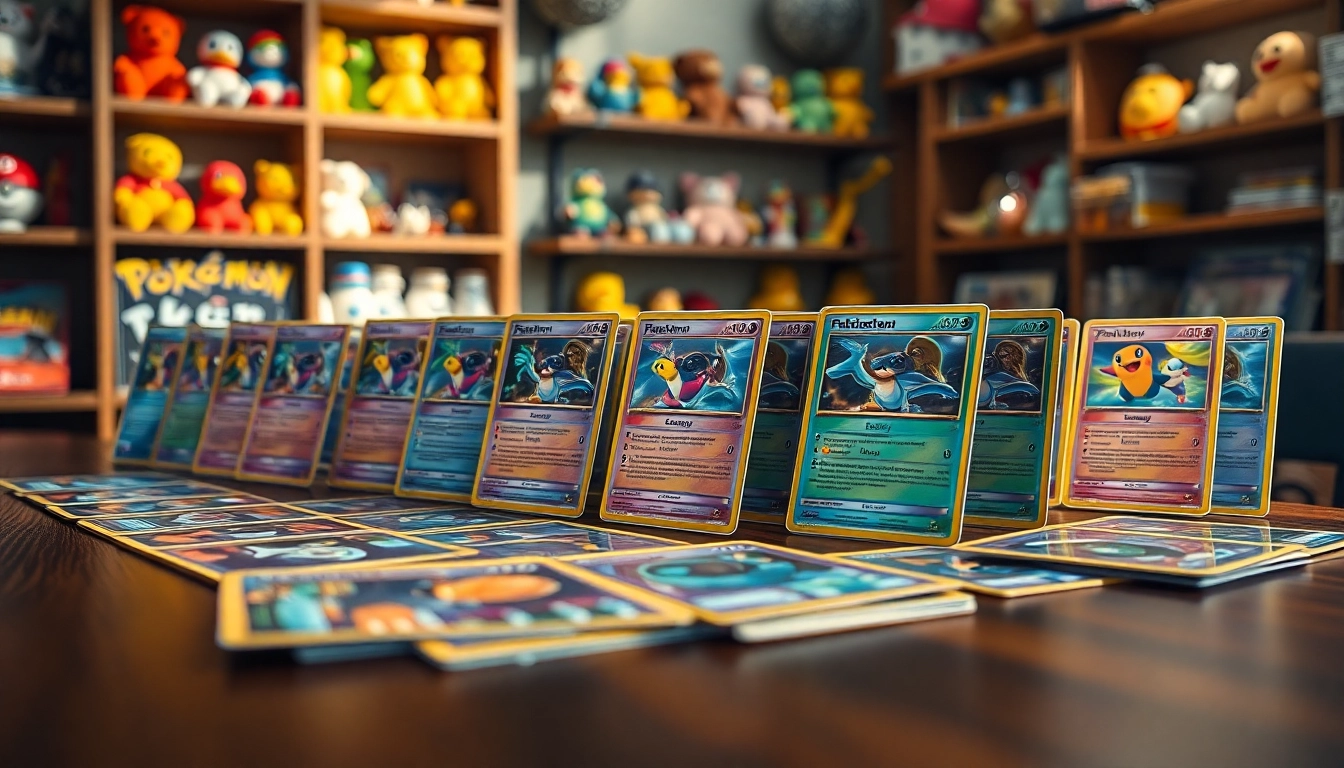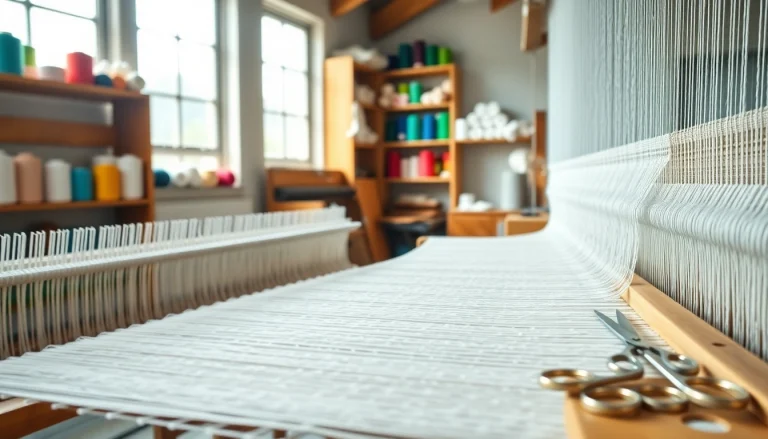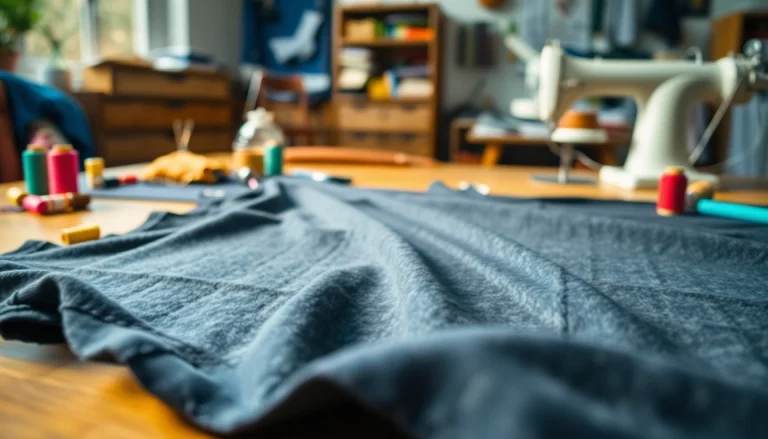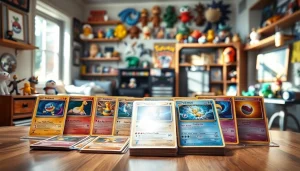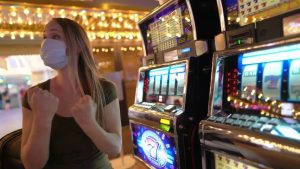Understanding Real Pokemon Cards
For enthusiasts and collectors alike, the realm of Pokémon cards offers a blend of nostalgia and strategic gameplay. As the Pokémon Trading Card Game (TCG) continues to evolve, the demand for real pokemon cards has surged. The joy of collecting authentic cards provides a unique experience, from engaging with the art to building competitive decks. However, the rise in fake products calls for keen awareness regarding authenticity and value. In this section, we’ll explore what constitutes real Pokémon cards, and why their authenticity is crucial to collectors.
What Are Real Pokemon Cards?
Real Pokémon cards are official merchandise produced by The Pokémon Company, featuring a wide range of characters from the Pokémon universe. Each card showcases unique artwork, game mechanics, and Pokémon lore. They can be categorized into different types, such as:
- Common Cards: Easily found, these cards are the backbone of many decks.
- Uncommon Cards: Slightly rarer and often provide better abilities or effects.
- Rare Cards: These cards are more difficult to find and often have a significant play or collector value.
- Ultra Rare Cards: Highly sought after for their powerful abilities and unique artwork.
- Secret Rare Cards: Often part of a set but with limited print runs, these cards can fetch high prices on the secondary market.
Understanding these categories can help collectors identify the worth and functionality of their cards in gameplay.
Importance of Authenticity
The Pokémon TCG has experienced exponential growth, resulting in an influx of counterfeit cards in the market. Authenticity is vital for several reasons:
- Value Preservation: Authentic cards tend to maintain or increase their value over time. Counterfeits, on the other hand, can lead to financial losses.
- Gameplay Integrity: Playing with fake cards can lead to unfair game mechanics. It distorts the competitive balance intended by the game creators.
- Community Standing: Being recognized as a credible collector enhances one’s status within the Pokémon community, fostering better trading and gaming opportunities.
Common Features of Genuine Cards
Identifying a real Pokémon card involves multiple factors. Look for the following distinguishing features:
- Text and Clarity: Real cards have crisp, clear text. Blurriness or poor printing often indicates a counterfeit.
- Weight and Feel: Genuine cards have a specific weight and a textured feel. Counterfeits may feel overly glossy or flimsy.
- Holographic Quality: Many rare cards feature holographic effects that genuine cards exhibit uniformly. Counterfeits usually fail in replicating this accurately.
- Set Symbols: Real cards have identifiable symbols based on the set, located at the bottom right next to the card’s number. This can often be verified with a quick online search.
Buying Real Pokemon Cards
With a commitment to quality and authenticity, purchasing real Pokémon cards can seem daunting. The right approach makes the process rewarding and enjoyable. Below, we’ll discuss where to find authentic cards and how to navigate the various buying channels.
Best Places to Purchase
Choosing where to purchase your Pokémon cards is essential. Here are various tried-and-true options:
- Official Merchandise Stores: Websites like Pokémon Center and other licensed retailers ensure the authenticity of their products.
- Card Shops: Local game stores often provide card packs, singles, and pre-owned options, fostering a community atmosphere.
- Conventions: Events such as conventions or comic expos often have vendors specializing in Pokémon cards.
- Online Marketplaces: Websites like TCGPlayer and eBay provide platforms for purchasing from multiple sellers, but always ensure to check seller ratings and reviews.
Online vs. Local Retailers
Each purchasing method has its pros and cons:
- Online Retailers: The convenience of shopping 24/7 makes online retailers appealing, with often better prices. However, the inability to physically inspect the cards increases the risk of purchasing fakes.
- Local Retailers: Shopping locally allows collectors to view and touch cards before buying, lowering the chance of error. Additionally, engaging with staff can provide valuable insight on the card condition and history.
Buying Second-Hand Cards: Tips and Tricks
Buying second-hand cards can be cost-effective, but it requires vigilance. To avoid pitfalls:
- Inspect Carefully: Always check the condition of the cards thoroughly for wear and tear.
- Know the Market Value: Familiarize yourself with market prices for different cards to avoid overpaying.
- Ask for Provenance: If purchasing from an individual seller, inquire about how long they have owned the card and its previous handling.
Identifying Fake vs. Real Pokemon Cards
As counterfeit cards become increasingly sophisticated, it’s essential for collectors to arm themselves with knowledge about distinguishing genuine cards from fakes.
Visual Indicators of Authenticity
Visual inspection remains the first line of defense against counterfeits:
- Light Test: Genuine Pokémon cards feature a specific layering that allows light to pass through uniquely. Use a flashlight to examine this quality.
- Corner Rounding: Real cards possess smooth and perfect corner rounding. Fakes often display uneven edges.
Use of Technology in Verification
With advances in technology, several tools can assist in verifying card authenticity:
- Smartphone Apps: Certain mobile applications can analyze the card’s features, comparing them against known authentic cards.
- Online Databases: Websites often maintain databases of known authentic cards, making it easier to cross-reference suspicious ones.
Common Myths and Misconceptions
There are several myths surrounding Pokémon card authentication:
- Holograms Indicate Authenticity: While many genuine cards are holographic, not all holographic cards are real, as counterfeiters can replicate this feature.
- Older Cards Are Always Real: Just because a card is old doesn’t mean it’s authentic. Some fakes have existed for years.
Valuation of Real Pokemon Cards
Understanding the market worth of your collection is a crucial aspect of being a collector. Knowing how to evaluate your cards could help enrich your collecting experience and provide insights into trading decisions.
Understanding the Market Trends
The value of Pokémon cards fluctuates according to various factors, including market trends, player demand, and set rotations. Key elements influencing price include:
- Card Rarity: Rarer cards often yield higher prices due to limited availability.
- Game Meta Influence: Cards currently in competitive play are typically priced higher than cards no longer used.
- Market Dynamics: Seasonal spikes occur around new set releases or significant tournament events.
Factors Affecting Card Value
The value of each card can be influenced by:
- Condition: Cards graded by professional services can command significantly higher prices than ungraded ones.
- Set Completeness: Adding a card to a complete set can enhance its perceived value.
- Historical Significance: Cards tied to pivotal moments in Pokémon history or rare promotional events can have unique value.
How to Price Your Collection
To determine the fair market value of your collection:
- Research: Check prices on various platforms, including auction results on eBay and listings on TCGPlayer.
- Assessment Tools: Utilize online tools that provide average prices based on card condition and rarity.
- Grading Services: Consider having valuable cards graded by a recognized entity, as this can greatly increase market value.
Engaging with the Pokemon Card Community
Engagement within the Pokémon card community enhances both social interaction and knowledge sharing, augmenting the overall collecting experience.
Joining Collectors’ Clubs and Forums
Participating in clubs and online forums plunges collectors into a wealth of information and camaraderie. Benefits include:
- Networking: Connect with like-minded individuals who can help with trades, knowledge, and experiences.
- Resources: Gain access to guides, resources, and updates regarding market trends and best practices.
Participating in Trading Events
Attending trading events can foster direct interactions with fellow collectors:
- In-person Trading: Offers opportunities to inspect and trade cards directly.
- Tournaments: Engaging in tournaments enhances competitive skills and offers additional avenues for trading cards.
Following Trends and Expansions
Staying updated on recent Pokémon news, set releases, and market trends enriches your collecting strategy:
- Monitoring Releases: Being aware of new expansions helps identify new acquisitions in gameplay and collection.
- Community Awareness: Engage with community discussions about emerging trends and valuable cards, leveraging social media and dedicated platforms.
